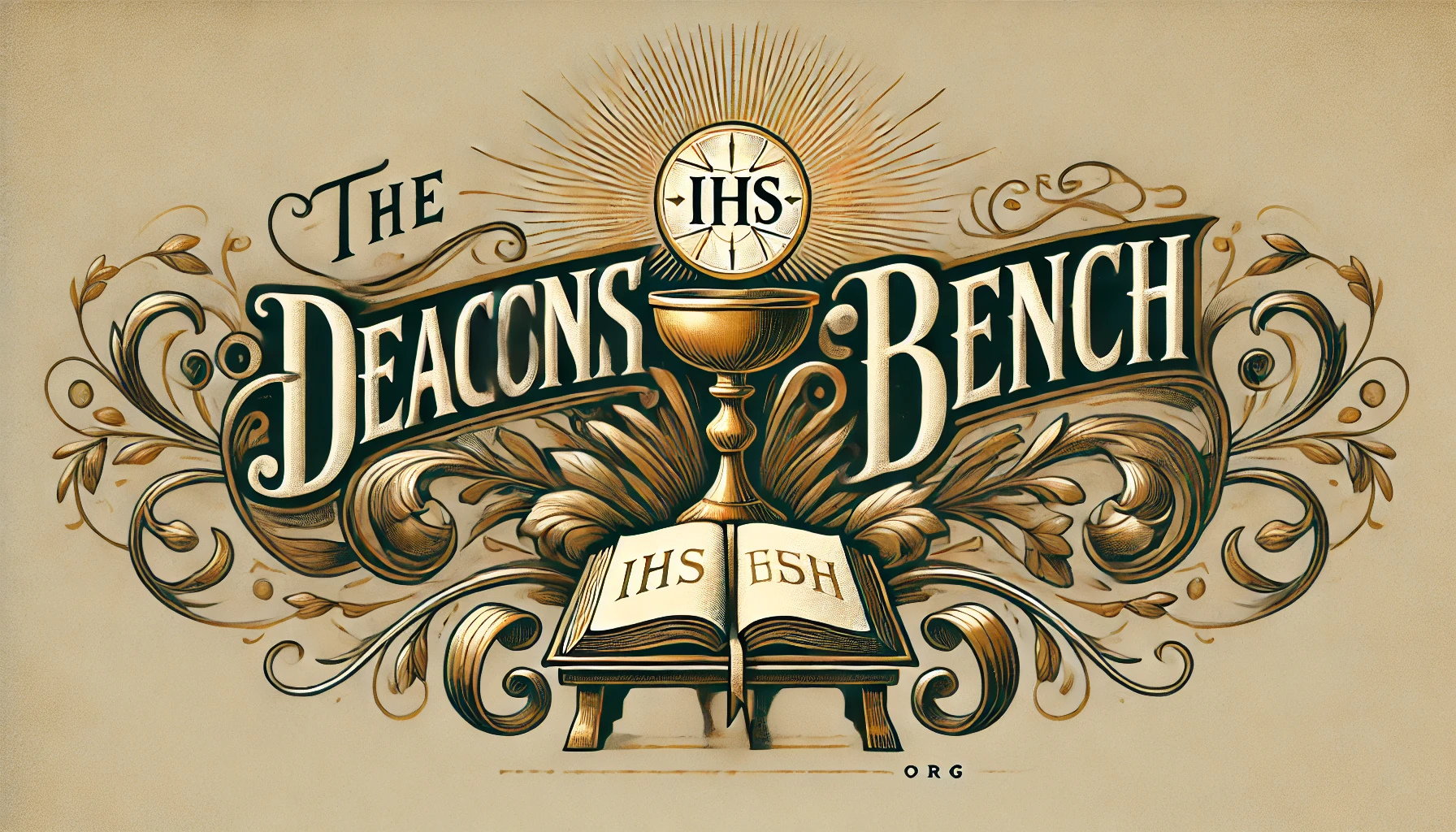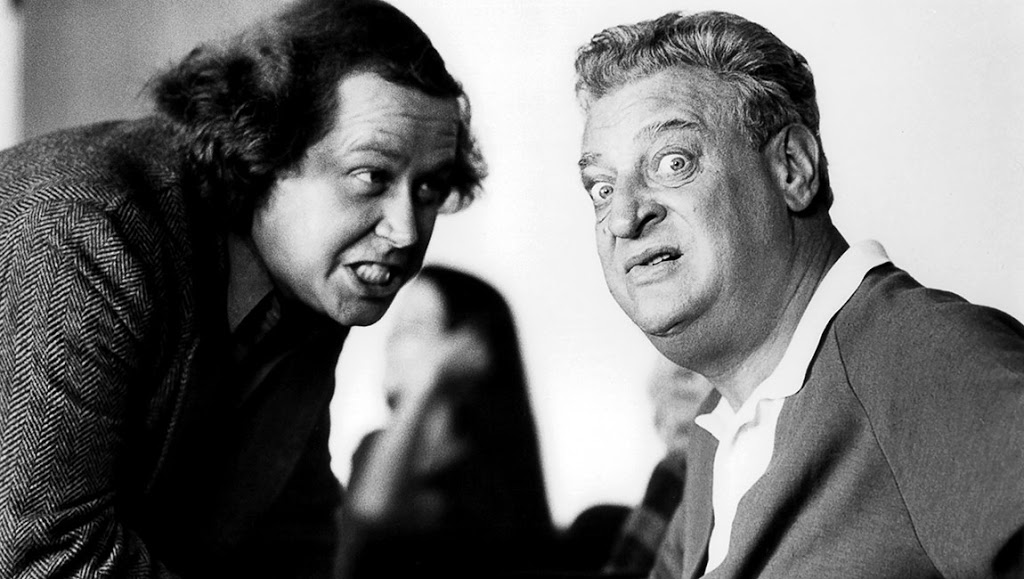Thornton Melon was a first generation son of an Italian tailor. He did poorly in school and went into his father’s line of work. Through hard work he became a giant in the corporate business world. When his son tells him that he is going to drop out of college because he was not doing well Thornton enrolls as a freshman to go through the process with his son.
One of the first classes Thornton has is in business administration where he immediately butts heads with the Dean of the business school. Dr. Barbay teaches text book business administration that no longer coincides with the reality of how business is actually run. The students pay more attention to Thornton than to the professor. The movie, of course, is Rodney Dangerfield’s 1986 comedy Back to School.
You cannot teach something to someone that you are not immersed in yourself. Reading a cook book does not make one a gourmet chef any more than owning a piano makes one a pianist. Real teachers live in the subject they teach.
Many main stream non-Catholic faith traditions hold fast to the sola scriptura belief, the belief that only the things in the bible are important. But Jesus didn’t write a book. In fact, the only time that the bible says Jesus wrote anything it was in the dirt and never seen by anyone but him. Life as a Christian probably would be so much easier if he had written down exactly what his teachings were in a way we wouldn’t argue over them. But Jesus knew that you couldn’t teach what you are not immersed in.
So Jesus didn’t write a book. Jesus lived with the Twelve. They traveled everywhere together. Jesus did the majority of his teaching, not in the temple, not in a synagogue, and not on a mountain top. Jesus did the majority of his teaching on the road as he and the Twelve walked from place to place. The Twelve were immersed at every moment with the teaching of the Master.
After Jesus ascended to heaven the Twelve did likewise and immersed their disciples into the teachings they had received. They didn’t sit down and write the New Testament. They saw no need to record, in written form, their way of life. They lived the New Testament and they brought converts to the faith by the example of their lives.
History is often lost to the sands of time if it is not recorded for posterity. Only after they realized that Jesus probably wasn’t going to come again in their lifetimes and seeing their end in sight did they start to write down their witness. But that did not change greatly how the faith was passed on. It was still passed on by immersion. For almost 1500 years the faith was handed down, not in book form, but by Sacred Tradition. The Church lived their faith. It wasn’t until the invention of the printing press in c.1440 that the concept of the bible in book form, available to the masses, was even possible.
Then in 1517, a Catholic monk revolting from the Church, threw out Sacred Tradition, and introduced the world to the concept of sola scriptura –scripture alone. This allowed him to translate the newly printed bible in a way that proof texted his opinions over the teachings that have been handed down for a millennium and a half. Even in his own lifetime scholars of Luther used his own argument of sola scriptura against him by arguing that he was also wrong and that their opinion was correct. This has spawned the nearly 40,000 different denominations of Christian faith that all teach something different as the whole truth.
The Catholic Church, both Eastern and Western, still maintain their immersion in both Sacred Tradition and Sacred Scripture, passed down to the faithful through the authoritative teaching office of the Church known as the Magisterium.
This is the “Triple Lindy” of our faith, Scripture – Tradition – Apostolic Succession.


